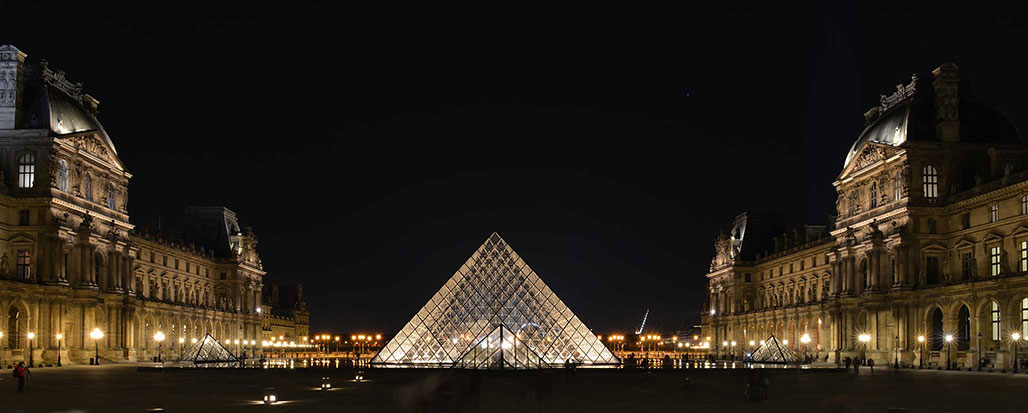I headed out tonight hoping to see the Perseid meteor showers. The big challenge was finding a location that was relatively dark in Silicon Valley. Just a few miles up the foothills, I stopped at a turnout and was greeted with a view of the Milky Way. Every few minutes, the passing cars would zip by and illuminate the trees along the roadside.
I did see a few meteors flash across the sky. The ones closest to the horizon were the most impressive. However, I found the Milky Way to be far more enchanting.
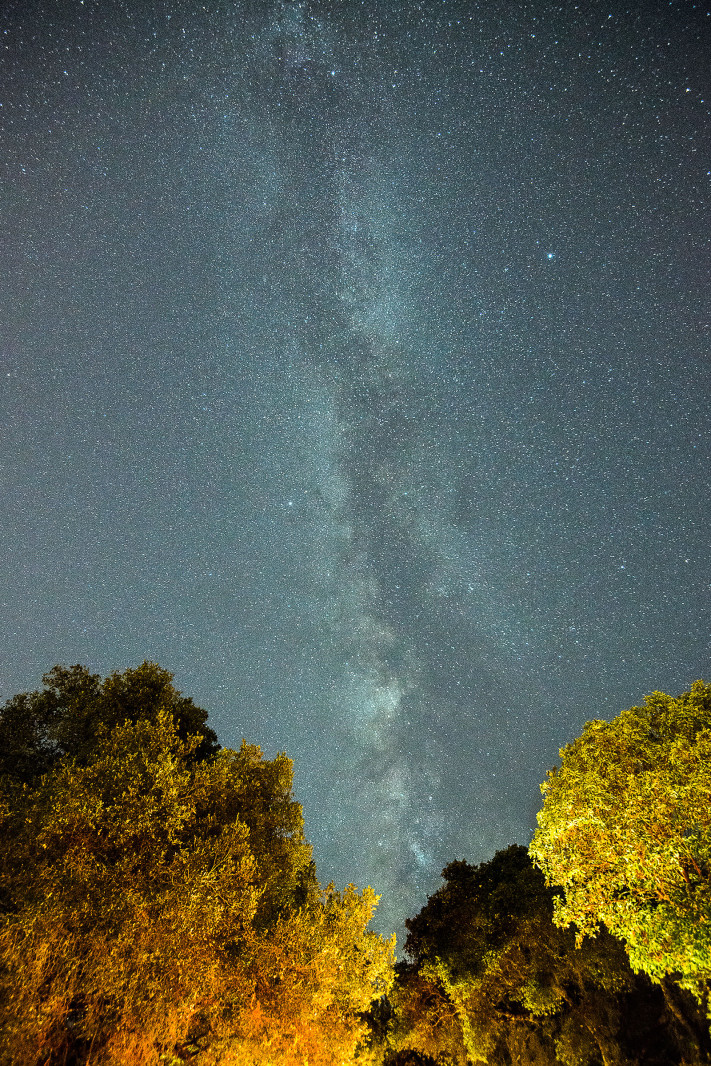
Camera: Nikon D800
Lens: Nikkor 16-35mm f/4G AF-S ED VR
ISO: 3,200
Focal Length: 17mm
Aperture: f/4.0
Shutter: 1/20s
Four years ago, I visited Monument Valley. Located a few hours east of the Grand Canyon, Monument Valley is the iconic homeland of the Navajo people. Between the two, I found Monument Valley to be far more interesting. I hired a guide from Monument Valley Safari, who took us to various points of interest in Monument Valley, both natural and man-made. The real highlight was connecting with people I would not have ordinarily met, and understanding how they and their ancestors have lived on this land for generations.
Looking back through my old photos, I cannot wait until I can return to Monument Valley. Four years feels like a long time. The hardware of photography has changed with the prominence of cameras bearing full-frame sensors. More importantly, I have gained four more years of experience and understanding in photography and post-processing. You cannot wish that you had taken better photos in the past. However, you can re-visit those places anew and apply all that you have learned in the interim.
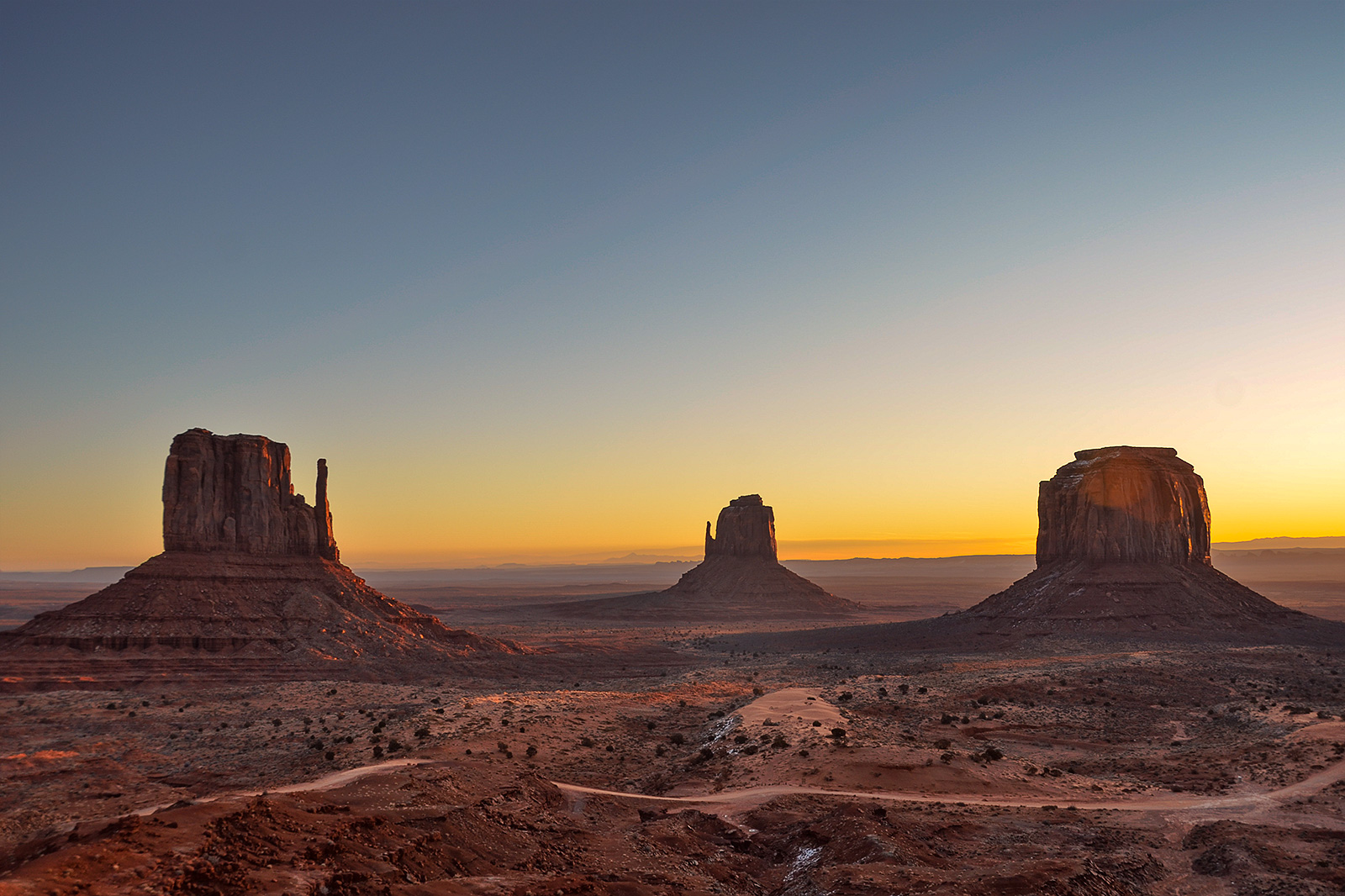
Camera: Nikon D7000
Lens: Nikon 18-200mm f/3.5-5.6G AF-S ED VR IIs
ISO: 100
Focal Length: 22 mm
Aperture: f/5.6
Shutter: 1/125s
I love cities like Boston that are so pedestrian accessible. Armed with a basic sense of direction, I was able to navigate my way throughout the city searching for delightful places of interest. During the week I was in Boston, the sunsets were quite spectacular. I was looking for a place with some elevation where I could see the Boston skyline at dusk without my view being obscured by all the tall skyscrapers.
So, I headed to Boston Common hoping that the large public park would offer some city vistas. Within the Common, I found a small hill and perched myself along the slope near the top. As sun descended, we were greeted by the office lights of the surrounding buildings.
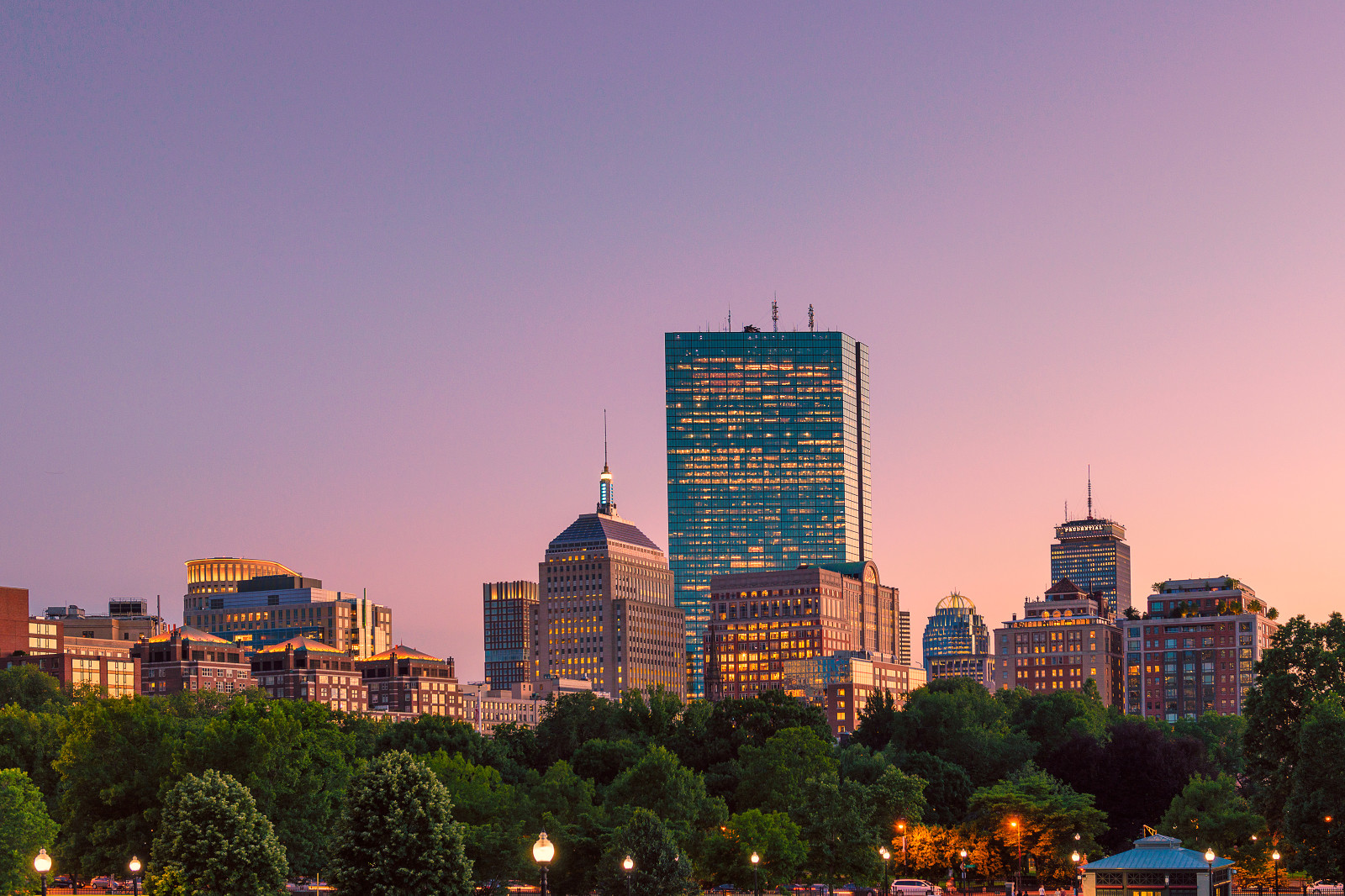
Camera: Nikon D800
Lens: Nikkor AF-S 24-70mm f/2.8G ED
ISO: 100
Focal Length: 38 mm
Aperture: f/5.6
Shutter: 1/4s
Boston has a wonderful walkway that follows the contour of the harbor. I was out for an evening stroll when I came upon a gorgeous sunset at the Zakim Bridge. TD Garden is to the left and Bunker Hill is on the other side of the bridge.

Camera: Nikon D800
Lens: Nikkor AF-S 24-70mm f/2.8G ED
ISO: 100
Focal Length: 36 mm
Aperture: f/8.0
Shutter: 30.0s
Ken Chan
February 11, 2015
From the Baylands Nature Preserve, the city across the bay should be Fremont with Mission Peak being one of the points along the mountain ridge. As dusk descends, the San Francisco Bay picks up a reflective sheen that mirrors the colors of the evening sky. I witness the bay infused with purple, pink, orange and blue hues. This is truly a sight to behold.

Camera: Nikon D800
Lens: Nikkor AF-S 24-70mm f/2.8G ED
ISO: 100
Focal Length: 62mm
Aperture: f/2.8
Shutter: 1/15s
Ken Chan
February 6, 2015
On Tuesday, we were blessed with a full moon. I was already packing up the camera and tripod when I spotted a brilliant orange glow coming from behind the mountains. (Looking at a map, it is roughly in the direction of Mission Peak). I will have to take a closer look during day time. Unfortunately, the evening was quite overcast. I only caught a brief glimpse of the moon before it disappeared behind the clouds.
I’ve been wanting to photograph a full moon rise over the San Francisco Bay for some time. Usually, the idea comes to mind as I am driving and I see the glowing full moon rising over the horizon. However, to do this properly would require some forethought. Fortunately, with the internet, all this planning should be quite straightforward.
The appearance of a full moon is quite predictable. All that remains is checking against moon rise times.
| Date |
Moon Rise |
| March 5, 2015 |
6:23 PM |
| April 4, 2015 |
8:02 PM |
| May 3, 2015 |
7:48 PM |
| June 2, 2015 |
8:32 PM |
| July 1, 2015 |
8:11 PM |
| July 31, 2015 |
8:27 PM |
| August 29, 2015 |
7:43 PM |
| September 27, 2015 |
6:54 PM |
| October 27, 2015 |
6:51 PM |
| November 25, 2015 |
5:13 PM |
| December 25, 2015 |
5:43 PM |
This table lists the remaining full moons for 2015, as well as the corresponding moon rise times. These times are location dependent, so consult the Old Farmer’s Almanac or some other online source for the correct times for your location.
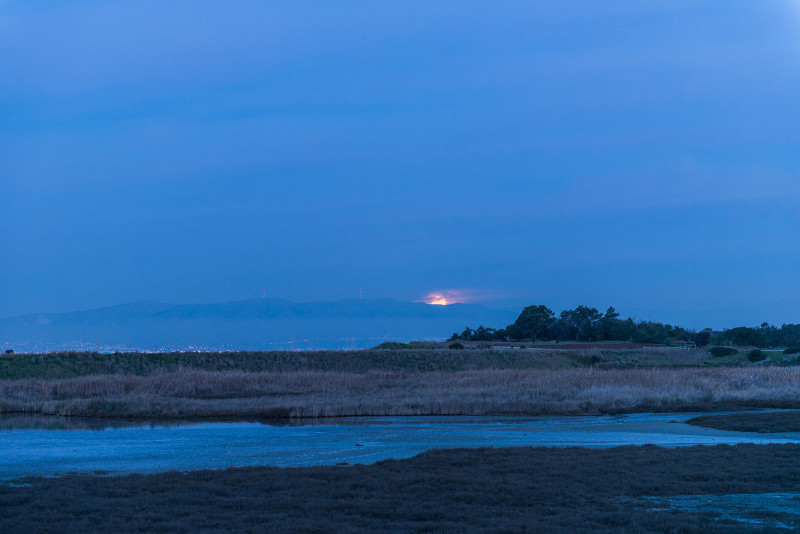
Camera: Nikon D800
Lens: Nikkor AF-S 24-70mm f/2.8G ED
ISO: 100
Focal Length: 70mm
Aperture: f/2.8
Shutter: 1/1.25s
Ken Chan
January 21, 2015
I saw another gorgeous sunset this evening in the middle of winter. The Nikkor 24-70mm lens is a great low-light lens. I like it much better than the all-purpose 28-300mm lens for one reason. When faced with low light, Live View is still usable with the Nikkor 24-70mm lens at f/2.8. With the Nikkor 28-300mm lens, Live View can become quite pixelated.
I usually focus at f/2.8, then change around the aperture and shutter speed to suit. In this case, I wanted to quiet the surface of the lake with a longer shutter speed. However, at f/18, any dust on the sensor becomes quite obvious. An ND filter may be the preferred solution since I can skip cleaning up the image in post-processing by photographing with a large aperture and long shutter speed. I didn’t think I would need one at dusk, but will keep this in mind the next time I am out.
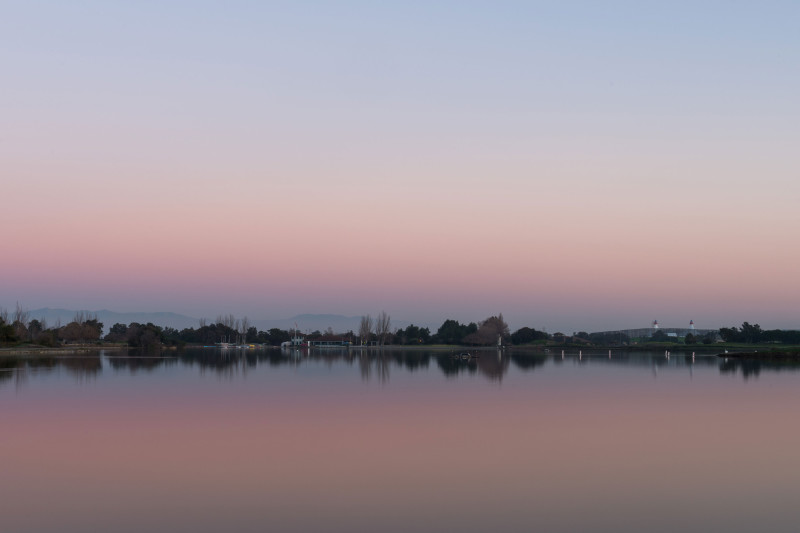
Nikon D800, Nikkor AF-S 24-70mm f/2.8G ED, ISO 100, 36mm, f/18, 1.0s
Ken Chan
January 14, 2015
Tonight was almost perfect. By the time I had arrived at the Baylands, the sun had already set. The last traces of warm sunlight glowed behind the mountain range in a distance. The City of Mountain View really lived up to its name.
I said “almost” because I had the wrong lens and no tripod. I love the 105mm macro lens, but it is a poor match for landscape photography. The field of view is too narrow. Despite these mishaps, the sunset was too attractive to dismiss. So, with only a table-top tripod in hand, I parked myself at some benches to see what I could conjure.
The water was absolutely gorgeous as it reflected the colors of the skies above. The red dot in the foothills is the Stanford Dish.
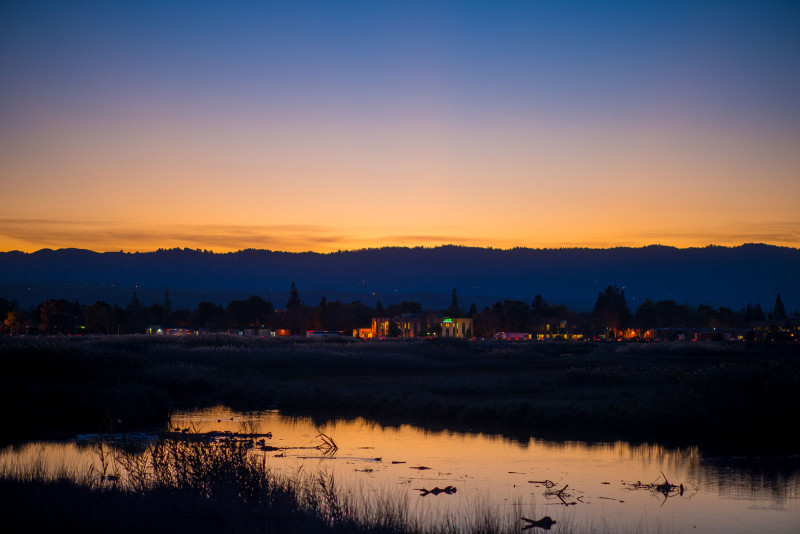
Nikon D800, AF-S VR Micro-Nikkor 105mm f/2.8G IF-ED, ISO 100, f/2.8, 1/10s
Ken Chan
January 11, 2015
In America, we associate Christmas Eve with Silent Night. But, not all countries celebrate the arrival of Christmas in quiet reverence. From the Mariel Hotel in Miraflores, I had a city-wide view of the midnight fireworks. From left to right, I could see multiple firework shows erupting across the Lima skyline.
I am accustomed to going to one location to see one firework show. Not here. It really felt like fireworks were being launched from all around us. It was quite a joyous spectacle.
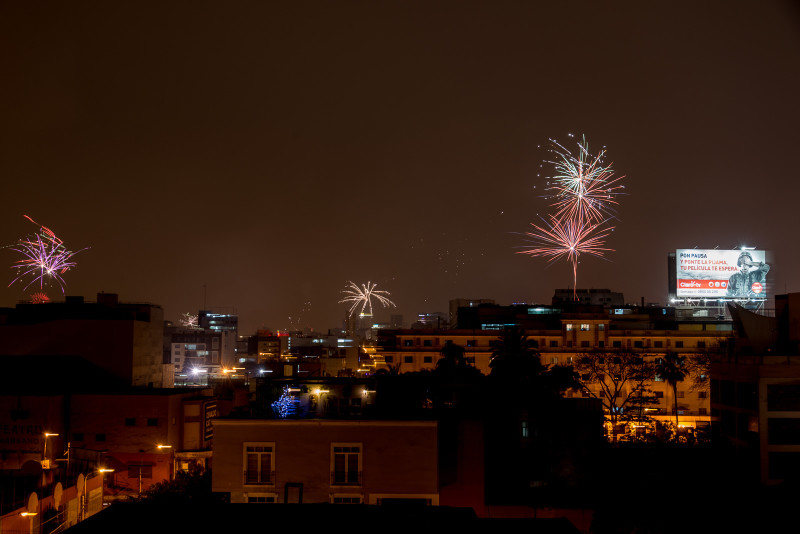
Nikon D800, Nikkor AF-S 28-300mm f/3.5-5.6G ED VR, ISO 100, 44mm, f/7.1, 3.6s
Not sure if it was a bout of foolishness or naiveté, but I thought it would be interesting to travel with one lens. So, with a Nikon AF-S 28-300mm lens, I headed out to Peru. For one lens, it wasn’t a bad choice, but I did not go through the entire thought process carefully.
My preliminary thought was that at dawn or dusk, I would be using a tripod anyways, so I did not need a fast lens. Generally, that is true, except for one outlier situation: astrophotography. I immediately recognized my error when setting up my camera.
To compound the problem, I did not have my regular tripod for this photo. That mistake, to never be repeated, would be placing the tripod in checked luggage, which the airline could not locate for four days. Fortunately, I could make do with my table top tripod. The set-up was seriously constrained, but it was better than nothing. As it turned out, the night I took this photo was the only clear night at that location. I have been using Clear Dark Sky to predict optimal viewing conditions, but their dataset is limited to North America. 7 Timer provided me with the astro data for Peru.

Nikon D800, Nikkor AF-S 28-300mm f/3.5-5.6G ED VR, ISO 1,600, 28mm, f/3.5, 30.0s

